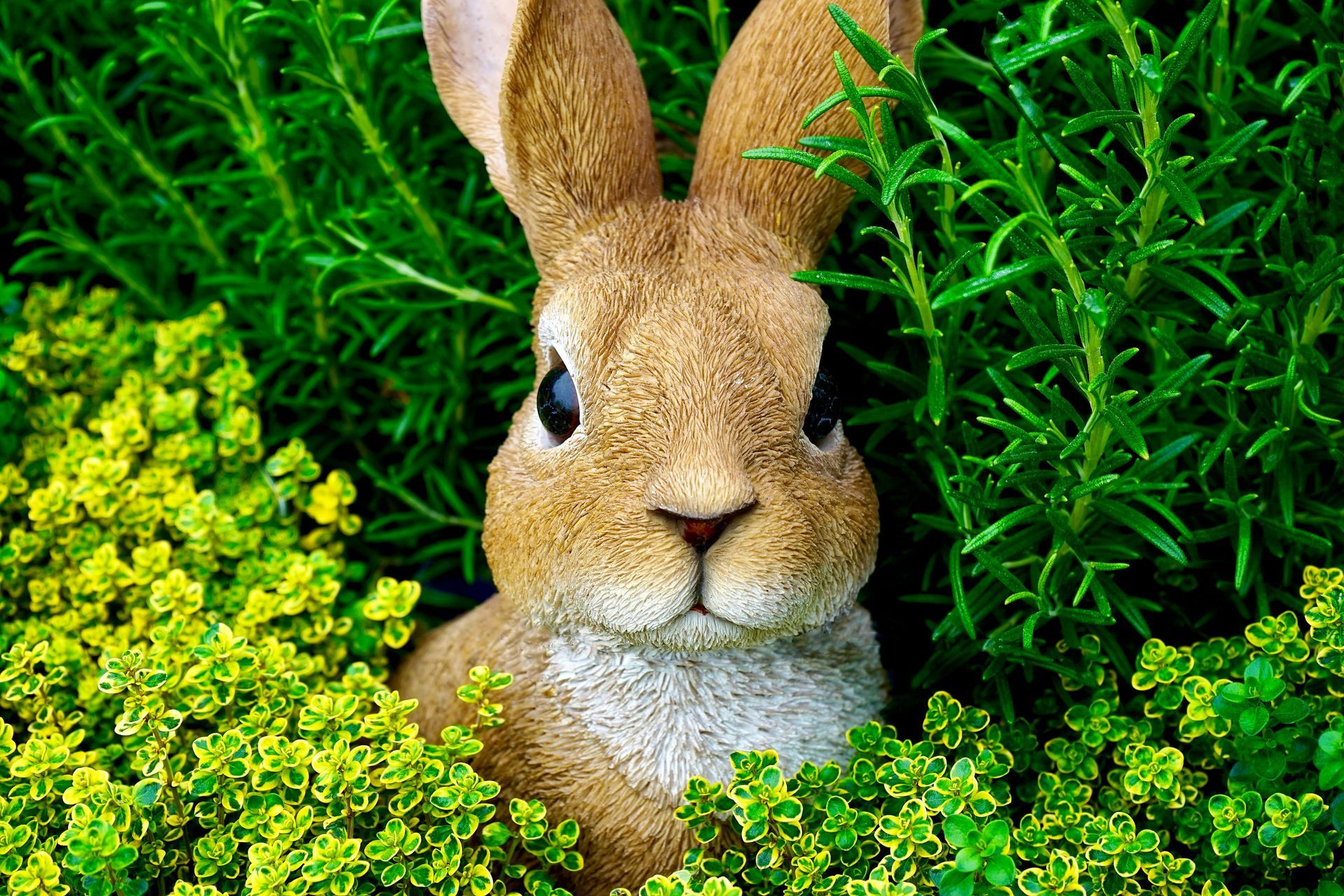Spring Surge: How to Handle Rabbit Pest Activity
Understanding Rabbit Behavior in the Spring & Protecting Your Property

With the arrival of spring, homeowners begin to enjoy blooming flowers, green lawns, and more time outdoors. But they are not the only ones - rabbits also emerge in full force this time of year, kicking off their breeding season and becoming more active in their search for food and shelter. While these fluffy creatures may look harmless, they can cause significant damage to gardens, landscaping, and even structural features of your property.
Understanding springtime rabbit behavior is essential to preventing damage. In this article, we’ll explore why rabbit activity increases in the spring, how it can affect your property, and how our rabbit repellent can help you protect your space naturally and effectively.
Why Rabbit Activity Increases in Spring
Spring marks the beginning of rabbit breeding season. Most rabbits, especially the common Eastern cottontail, begin mating in late February or March and continue through early fall. A single female can produce up to seven litters annually, each containing 3 - 8 babies. That means the rabbit population near your home can increase rapidly if left unchecked.
Warmer weather also signals a return to grazing. After feeding on bark and twigs in winter, rabbits look for tender green shoots, vegetables, flowers, and young tree saplings. Spring gardens and newly seeded lawns offer a buffet for hungry rabbits, making them more likely to invade yards and garden beds.
Signs of Rabbit Damage
Rabbits are stealthy, but the damage they cause is easy to spot:
- Gnawed plants and vegetables: Low, clean cuts on leaves and stems, particularly in your garden.
- Chewed bark on young trees: A favorite winter habit that continues into spring.
- Pellets (rabbit droppings): Small round droppings scattered in feeding areas.
- Burrows or nests: Shallow depressions lined with grass or fur, especially in garden beds or grassy patches.
If these signs sound familiar, it’s time to act before a minor issue becomes a full-blown infestation.
Natural Rabbit Control
Our
rabbit repellent offers a practical, natural solution for homeowners looking to repel rabbits without using harmful chemicals or traps. This product is made with predator scent granules, mimicking the presence of rabbit predators like foxes and coyotes. When rabbits detect these scents, their natural instincts tell them the area is unsafe, prompting them to leave and avoid returning.
Key Benefits:
- Safe for pets, children, and the environment
- No harmful chemicals or synthetic additives
- Easy to use granules - just shake around garden beds, trees, and entry points
- Long-lasting scent barrier even in varying weather conditions
Apply the repellent in early spring as soon as temperatures begin to warm up, and continue using it throughout the season for maximum effectiveness. Reapply after heavy rainfall to maintain scent coverage.
Other Rabbit Prevention Tips
In addition to using Shake-Away, consider these extra strategies for deterring rabbits:
- Install fencing: A low fence (2-3 feet high) with fine mesh can keep rabbits out of vegetable gardens.
- Remove hiding spots: Trim tall grasses, clear out woodpiles, and remove dense vegetation near your home.
- Plant rabbit-resistant species: Marigolds, lavender, and daffodils can help deter nibbling.
Spring brings sunshine, growth, and, unfortunately, rabbits. Understanding their behavior and acting early can prevent costly damage to your lawn and garden. For a humane and natural defense, try
Shake-Away Rabbit Repellent and keep your property rabbit-free all season long.
Critter Repellent All Natural Animal Repellent Blog












